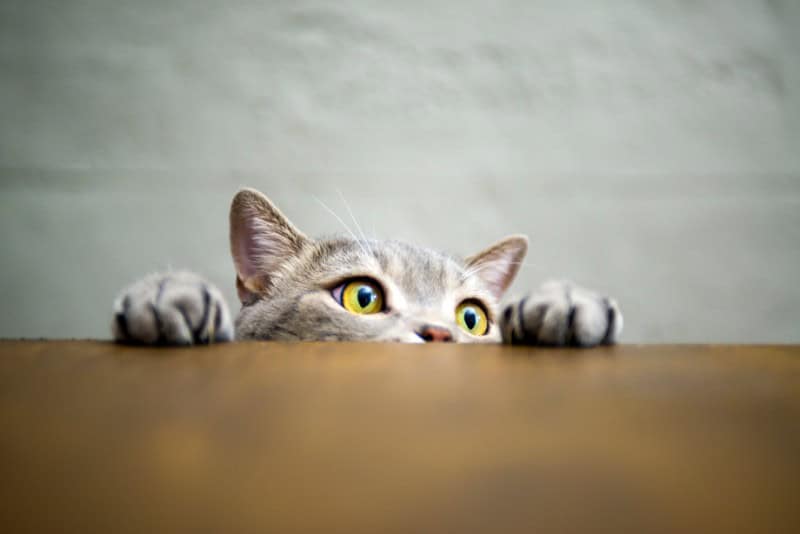The Care and Keeping of Your Cat’s Claws

When you think of cats, their sharp, retractable claws (and the damage they can inflict) probably come to mind. However, beyond their ability to rip your favorite chair to shreds, your cat’s claws are versatile tools that serve your pet in a variety of ways every day.
Learning more about this part of your cat’s anatomy can lead to a greater understanding of your pet, and it may even help save your belongings, as well!
Your Cat’s Claws Explained
There’s a lot more going on inside those adorable kitty paws than many people realize. For instance:
- The bones in a cat’s toes are very similar to the bone structure in our hands – essentially, your cat is walking around on their fingertips all day!
- Retractable claws are controlled by tendons and ligaments inside the paws. When they’re relaxed, your cat’s claws are tucked in; when tensed, the claws come out.
- Your cat’s claws are made of keratin, the same material that makes up our hair and fingernails. The claw sheaths are occasionally shed during a scratching session and will grow back.
- Your cat uses scratching as a way to sharpen the claws (an instinct related to self-defense), stretch the ligaments in their feet and legs, release stress, and to mark their territory via scent glands in the paws.
Providing an Outlet
Scratching is one of your cat’s most powerful instincts. If you own a cat, you’ll inevitably endure scratches to your belongings or to yourself. Mitigating the damage those claws can do involves setting up some safe and satisfying alternatives.
Try these ideas on for size:
- Provide plenty of suitable scratching surfaces for your cat. Scratching posts and cat trees work well because they’re stable and vertical, which is appealing to cats. Use treats or catnip to encourage your cat to use these surfaces if necessary.
- Keep your cat’s claws trimmed (you can do this at home or have your veterinarian do it).
- Use deterrent spray, plastic wrap, or aluminum foil to stop your cat from scratching your possessions.
- Reward your cat with treats and praise for using their scratching post or pad.
- Make sure your cat has plenty of interesting things to do during the day to help minimize scratching. Food puzzles, catios, cardboard boxes, paper bags, and fun toys are great ways to keep paws and minds busy.
To Declaw or Not to Declaw?
Although declining in popularity, declawing still remains an option should a pet owner choose to do this. Also called onychectomy, declawing involves amputating the third bone from each of a cat’s toes. Since the claw is attached directly to the bone, the entire bone must be taken in order to remove the claw.
Because of the significant pain and health problems that can result from a declaw surgery (e.g., depression and other mental health issues), many states are introducing legislature to make the procedure illegal. New Jersey recently passed a law banning declaw surgery for cats.
At Rocklin Ranch Veterinary Hospital, our team is here to help you figure out ways to keep your cat happy and save your furniture! Please contact us with any questions or concerns.

